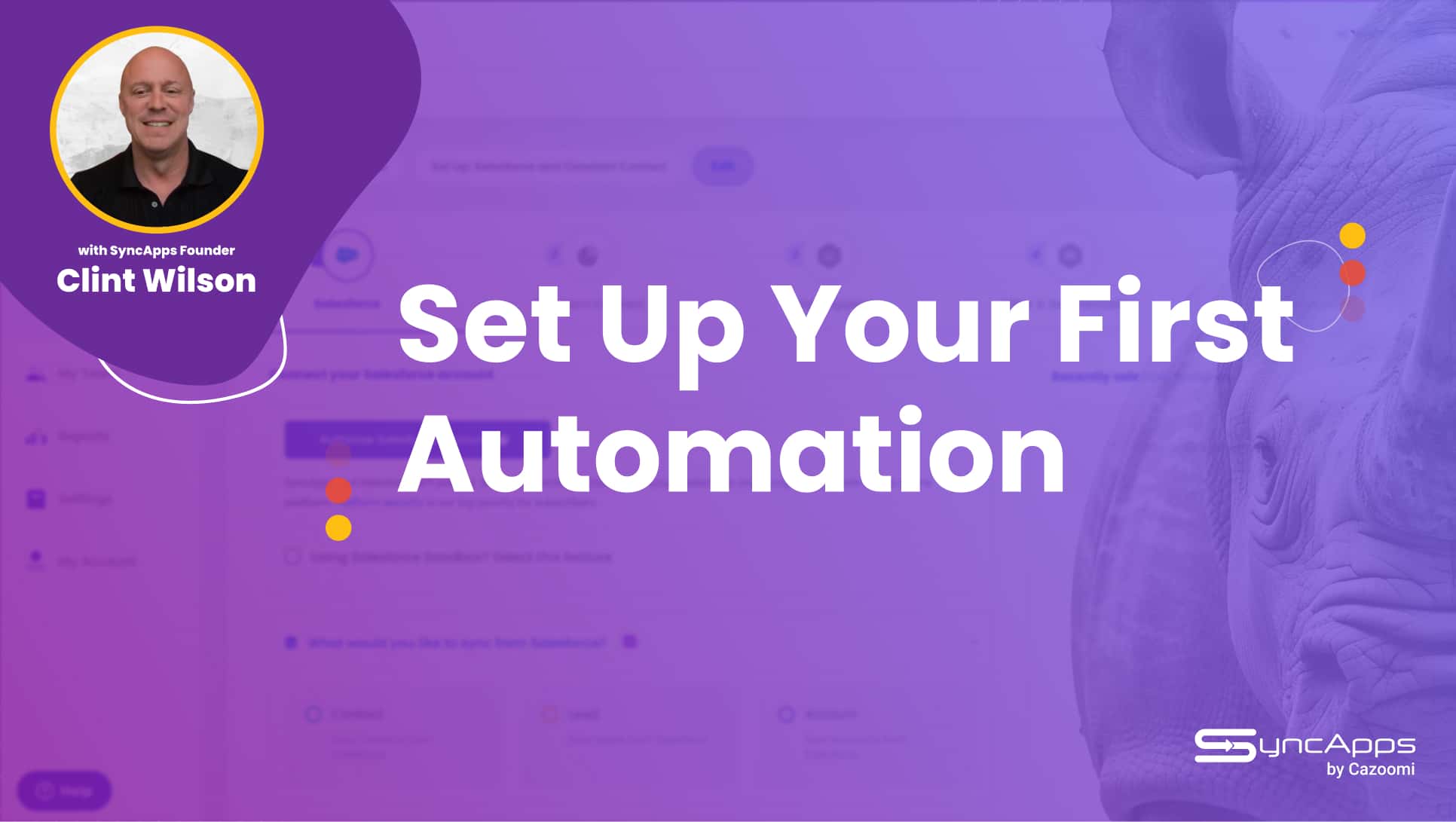How You Can Use Data to Create Accurate Sales Forecasts

It’s that time of the year — the time to look at this year’s opportunities.
What will you invest in? Where will you focus your efforts? Can you hire more people?
These are just a few of the questions managers have to find answers to when the year draws to an end. I know, they aren’t easy questions.
That’s mostly because all the answers hinge on one thing: sales forecasting.
The sales you predict you will make last year dictate what you can invest in, where to add extra focus, and if you can hire new people.
But here’s the problem:
Sales Forecasting Is Not for the Faint of Heart

Only 45% of business leaders say their organization has accurate sales forecasts. To put things into perspective, weather forecasts are more accurate than this.
I’m not a meteorologist, so I can’t tell you precisely why weather forecasts aren’t accurate 100% of the time. But I’ve been in a relevant business for long enough to tell you why sales forecasts are inaccurate: the data they’re based sucks.
Pardon my French, but there’s no way around it. You know what they say: “Garbage in, garbage out.”
You can’t rely on a single source of data (like last year’s sales, for instance) to forecast next year’s sales. Nor can you rely on corrupted, inaccurate data.
Yet, only 3% of companies’ data meets basic quality standards. If this number was any scarier, it would win every Halloween costume contest.
Irrespective of how good your forecasting methods are, they become irrelevant if the data you use is bad.
Let’s fix that, shall we?
How Data Can Help You Create Accurate Sales Forecasts
We usually see data as an abstract concept, bytes, pixels, ones, and zeroes that make very little sense to laypeople. However, when used properly, data is the most concrete thing you can have and the best fuel for sales forecasts and actual sales.
But first, you need to
Make Sure Your Data Is Accurate
This very simple step is the main culprit for inaccurate data. And it’s so easy to fix!

Do you know what the most common sources of inaccurate data are?
- Manual migration — when you copy data from one platform to another, you’re bound to make some spelling mistakes.
- Cross-platform differences between data units. For instance, your Salesforce record says a lead is working at company X, but your email automation platform doesn’t “know” that, so your marketers are flying blind. Yikes!
How do you fix this? You use automation solutions to migrate your data with no human intervention, thus ensuring no letters are forgotten, and no email addresses are misspelled.
Next, you use an integration solution to make sure your records are consistent across platforms. Voila! Marketing knows where each prospect works, and they can now target them with relevant campaigns.
SyncApps can handle both of these things for you seamlessly. Connect your CRM to your email marketing platform and give yourself the gift of accurate data that fuels accurate sales forecasts.
Say a Decsive “No” to Siloed Data — Marketing and Sales Data Belongs Together
The 90s called — they want their useless feuds back. Chief among them is the one between sales and marketing.
If you want accurate sales forecasts, it’s not just sales that need to get involved. Marketing and sales need to work together, and they need access to the same data.

Think about it this way: sales can tell you how much they sold this year and how many prospects they expect to convert next year. But they don’t know:
- How many leads they can generate — that’s marketing’s job
- The forecasts for social media account growth and how many of the new followers might be leads.
- How many email subscribers clicked relevant links in this year’s campaigns?
When put together, these two data sources paint a much clearer picture. In sales forecasting, you need every data point you have, you can’t afford to play favorites.
Bring your sales and marketing data together under the same digital roof. Get access to unified data and a single dashboard, a single source of truth for all your data points.
How Do You Interpret the Data?
There are various sales forecasting methods you can try, all of which have their ups and downs.
Our recommendation is to experiment with a few of them until you find the right one for you. Or, you can come up with your own unique blend.
Whatever method you choose, you will need:
- Your yearly sales history
- Current leads in the pipeline
- Time to close each lead
- HR statistics: are you planning on hiring more people? Letting some of them go?
- Product information: will you be launching any new products?
- Next year’s marketing budget and estimated ROI
All this data should tell you whether you will sell more or less than you did last year and/or if your growth will be linear.
However, 100% accuracy is hard to come by in any kind of forecasting, so take this with a grain of salt and be ready to pivot whenever the market or your current performance demands it.
Final Thoughts
Sales forecasting isn’t an exact science — unfortunately. We’d love to tell you that all you need is good data (because that’s exactly what we sell), but that would be a lie.
While clean data plays a huge part in getting an accurate forecast, it’s not everything.
Context is king.
Economic factors, legislation, and even trends play a major part in how much you will be able to sell. These are things you cannot control. On the other hand, you can control your data, which is why we spent most of this article talking about it.
When you have a data-centric culture, you can use these insights not just to forecast your sales but even to anticipate trends and economic changes.



